Exclusive Guide on How to Write Dissertation


The main point about a dissertation, whether undergraduate or PhD one, is that it’s supposed to test the numerous skills a student has acquired during his or her study days. If those skills are not sharp enough by the time a student faces the challenge of dissertation writing, there are a lot of things that may go wrong in a moment. That’s why we’ve decided to prepare and publish the material about how to write dissertations.
While it’s certainly designed to help those having found themselves in a bit of trouble, we do intend to give every reader some useful tips they may use to make their life easier. We’re also proud to offer our professional research writing and editing services to everyone willing to use a professional writer’s assistance in order to get the best dissertation possible. More about that later — let’s focus on the main theme for now! By the way, you can buy a dissertation from us.
Just like any other academic research paper, writing a dissertation that will be accepted by the committee requires effort and diligence. By the time a student gets this kind of assignment, he or she is supposed to be good at writing, editing, and, last but not least, conducting research. But what’s a dissertation, anyway? Why do people even make a big deal out of it?
A PhD dissertation is, in a way, the final boss on the long and windy road to the doctoral degree, a dedicated gatekeeper that won’t let you proceed any further until you’ve proven you deserve it. On a more serious note, writing a research paper is a very important step in any student’s life as without succeeding here, one couldn’t hope to get his or her degree. So unless you’re going to bury your potential career just for the sake of it, let’s talk about how to do everything right and not to screw things up when they matter the most.
On the structural side, a dissertation is a research paper consisting of several parts, including the introductory and the conclusive ones, books and materials review, methodology, results, and discussion. The average page count for that kind of document is 100-200, which is perfectly bearable if you don’t wait until the last day to actually begin. Before going to the research writing part, you should come up with the theme (more about that later) and compose the dissertation proposal, which is basically your project’s teaser, an academic dissertation created to offer the reader a glimpse of what your dissertation will become.
We do recommend checking a handbook, the dissertation research writing guide, and you probably received at the beginning of the academic year. The handbook contains answers to the most common questions that students ask when dealing with the project for the first time. Consulting your supervisor on the most suitable topic is a decent idea, too, even though it’s recommended to come up with at least several options on your own instead of simply taking the ones that have been suggested by someone else.
Excluding cases beyond your program’s study range, there obviously aren’t that many topics that are bad by themselves. Ask your professor, for example, whether it’s a good idea to write about this or that, and they are likely to call both of the topics suggested great. However, one of them you can handle with no trouble, and the other may turn out to be a complete disaster. What separate PHD dissertation topics that are great for you from the ones you should avoid, then?
In other words, an ideal dissertation topic should be interesting, manageable, and not extremely difficult for the average student. We also recommend checking how easy it is to find relevant information on the subject before going to the research writing stage because it’ll affect your dissertation terribly should you discover that there are not that many reliable sources on the topic too late.
Despite the fact, the structure of each dissertation depends on the subject, the requirements of the university, and other factors, there are still important components of a dissertation. The title page is one of them. Make sure this thing follows the requirements and formatting while doing your research writing. Annotation goes next. It is a short paragraph or some of them, but not more than half of the page. This is followed by the list of publications of various writers. The content is the third necessary element to be included. It often goes with the list of shortenings.
The structure of a custom dissertation is supposed, to begin with a not long but logical introduction. As a rule, its volume is up to six pages. Here you describe the actuality of the issue, provide the arguments to pick the topic. Give details of the utility of the research and its influence on the field or even the world. The subject requires observations from different angels.
The main part of the text has some chapters, while their number depends on the subject and field of study. The first chapter is an overview of the dissertation, including all the necessary data. The second part describes the methodology, concepts, subjects, objects, etc. It should be as specific as possible without watery. After reading this chapter, there should not be any questions left.
The following part is devoted to the description of the results.
Discuss all the concepts here and summaries whether this has an influence on the subject of the dissertation. Its’ volume is big enough and could be about sixty or even ninety pages.
Everything ends with a conclusion and answering the main questions. Describe whether all the purposes and goals are reached. The first part where the author stated their aims should be coherent with the last one, as the dissertation can’t begin with one thing and ends with absolute others.
Some dissertations include the list of practical recommendations with the results of researches. Webgraphy and bibliography are two things that consist of all the used materials during the preparation of the dissertation. There should be not less than 100 elements in the list. This shows the author does a great job and reads a lot, ensuring a high quality of the writing.
The last element of the dissertation contains schemes, pictures, tables, and other things that are not included in other chapters.
Pay attention to the dissertation chapters’ structure, and do your best to write a cool and logical paper. Don’t fail to read the requirements of the teachers, universities, and all the rules to avoid misunderstandings. Still don’t know how to structure the document? Contact our specialists and receive desired support with such an important paper, buy dissertation now, and get professional help with an expert dissertation .
The answer depends on many factors, including the rules determined by your institution and the specifics of a concrete case. In general, you should aim at 100-200 pages, but it won’t work well if you decide to prioritize this over research itself. The thing is, write as many words as you need to answer all the questions associated with your particular project — no less, no more.
Once, we had a client, for example, who hadn’t bothered to think about the optimal doctoral dissertation length and asked us for help only when everything went out of control. Their paper consisted of at least one thousand pages, and so it took them forever to write even a rough draft.
That was overkill, for sure, our review showed that the initial text could be significantly shortened, by approximately 60%. It happened because the learner didn’t ask themself, “how long is a dissertation?” in good time, didn’t think about how many words they’d probably need to cover the assigned topic.
The opposite happens, too: a learner’s advisor gives him or her comprehensive information on how long their doctoral dissertation should be, and so they decide to write a lot of spam words in order to finish the project ASAP. If you’ve been thinking about using this trick as well, we recommend changing your mind because your dissertation committee won’t be pleased with the result – that’s guaranteed.
If you aren’t satisfied with the answer that the average length of a Ph.D. dissertation is 100-200 pages, you’re absolutely right. However, there’s no single standard — an attempt to pretend as if there’s one would only affect students in a wrong way. There are two key principles you should follow to avoid in your dissertation research writing too much / not enough.
Don’t be lazy, though, as simply using the same approach as another person did may not work well for you. Why is the length of the dissertation the way it is, and not another? That’s the question every student should ask himself or herself after reviewing other people’s papers.
In many cases, however, the content of a dissertation handbook is more than enough to get the basic idea of what a committee will be expecting from your dissertation during the review process. The second point of the list above isn’t always necessary, but we don’t recommend skipping it even if you perfectly understand how long a required paper should be — it simply gives you too many advantages compared to the average student.
When people ask, “how long is a doctoral dissertation?” they often forget one thing: even if the total length of a document is fine, an author will still have trouble if some of the chapters are too wordy or, on the contrary, short. The general rule is that you mustn’t have chapters that differ in length too much compared to the other ones.
If the introduction page is, like, 50% of the whole dissertation, then you’re doing everything wrong, but that’s an obvious example. More often, noticing that your dissertation chapters don’t relate to each other well may be difficult even for an experienced person having dealt with a lot of academic papers before.
In order to avoid the worst scenario, ask the right questions. Instead of “how long should my dissertation be,” ask yourself, “how long should every chapter be” for example. For most dissertations, the answer will be the following (pages):
If you find yourself swamped with numerous assignments or writing isn't your forte, our service provides the ideal solution.
Rest assured, we're here to simplify your life and take the burden off your shoulders.
 Order Now
Order Now
Full Dissertation
Introduction
Dissertation Abstract
Dissertation Proposal
Dissertation Editing
Dissertation Proofreading &Dissertation Formatting
